Les Nabis
Get a Nabis Certificate of Authenticity for your painting or a COA for your Boucher drawing or print.
For all your Nabis artworks you need a Certificate of Authenticity in order to sell, to insure or to donate for a tax deduction.
How to get a Nabis Certificate of Authenticity is easy. Just send us photos and dimensions and tell us what you know about the origin or history of your Nabis painting, drawing or print.
If you want to sell your Nabis painting, drawing or print use our selling services. We offer Nabis selling help, selling advice, private treaty sales and full brokerage.
We have been authenticating Nabis and issuing certificates of authenticity since 2002. We are recognized Nabis experts and Nabis certified appraisers. We issue COAs and appraisals for all Nabis artworks.
Our Nabis paintings, drawings and print authentications are accepted and respected worlwide.
Each COA is backed by in-depth research and analysis authentication reports.
The Nabis certificates of authenticity we issue are based on solid, reliable and fully referenced art investigations, authentication research, analytical work and forensic studies.
We are available to examine your Nabis painting, drawing or print anywhere in the world.
You will generally receive your certificates of authenticity and authentication report within two weeks. Some complicated cases with difficult to research Nabis paintings or drawings take longer.
Our clients include Nabis collectors, investors, tax authorities, insurance adjusters, appraisers, valuers, auctioneers, Federal agencies and many law firms.
We perform Les Nabis art authentication, appraisal, certificates of authenticity (COA), analysis, research, scientific tests, full art authentications. We will help you sell your Les Nabis or we will sell it for you.
Pierre Bonnard and Jean-Édouard Vuillard were particularly well-known members of the group known as Les Nabis. Pierre Bonnard started his painting career in Paris in the 1890s and, like the other Nabis members, was concerned with using colour to evoke a mood or a feeling.
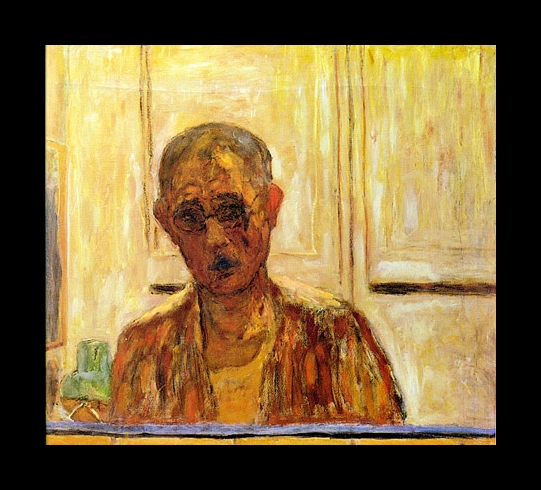
He produced paintings, more often than not, of Paris and produced lithographs and posters. He also designed furniture and stained glass. In addition to this, he is renowned for his nude portraits of his wife Marthe, who was his one time model and mistress. Like the rest of Nabis, his work was particularly important in the emergence of the Art Nouveau movement of the 1890s.
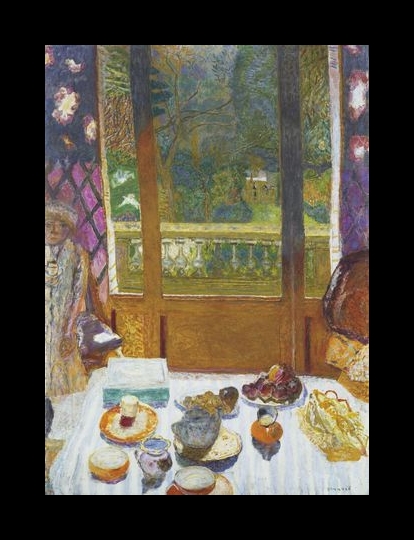
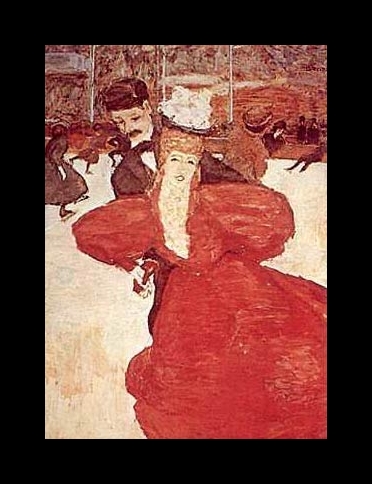
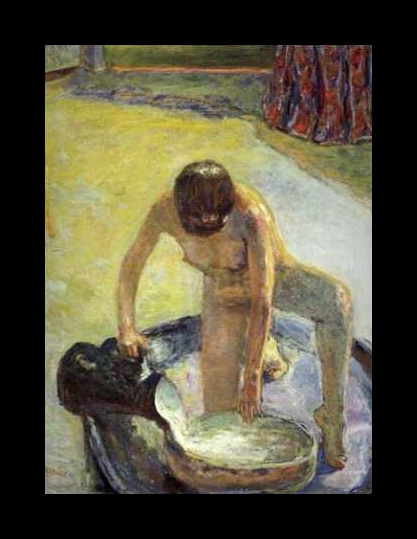

Jean-Édouard Vuillard studied with Bonnard in the Julian Academy in Paris.

Like Bonnard, he admired Gauguin and Sérusier. Neither of them, however, agreed with Gauguin’s advocacy of pure colours for a broader palette. Vuillard’s early work consisted of small-scale prints, which were primarily colour lithographs of Parisian life. Later on, he often painted interior scenes and was said to be interested in the private world of the person, or their ‘interior’ life rather than a simple portrait of them. He often used textiles as a decorative aspect of the painting.
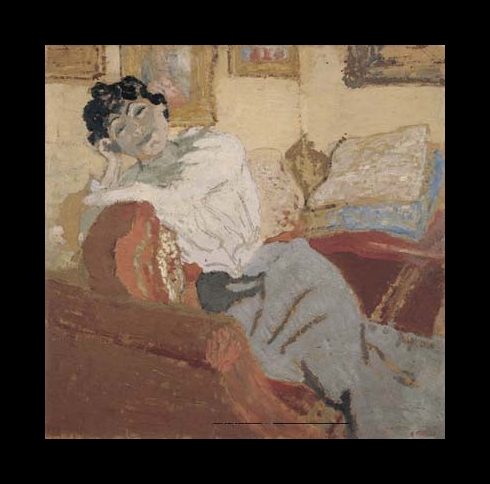
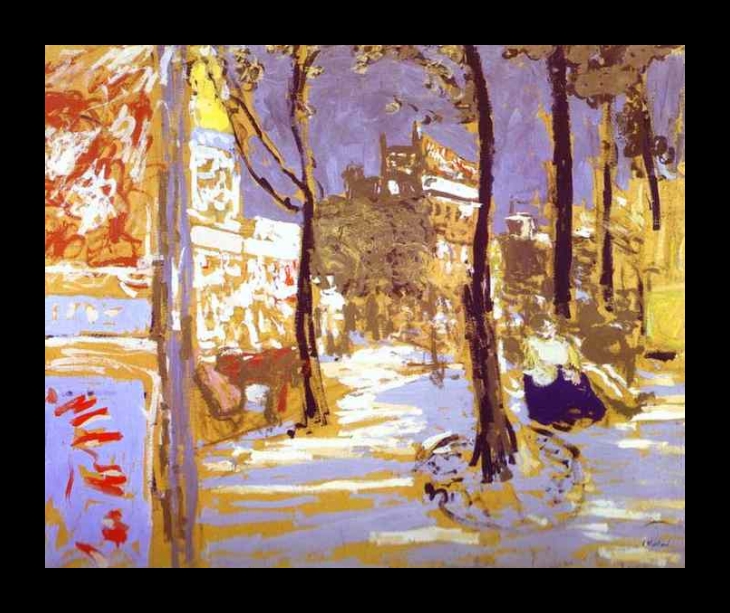
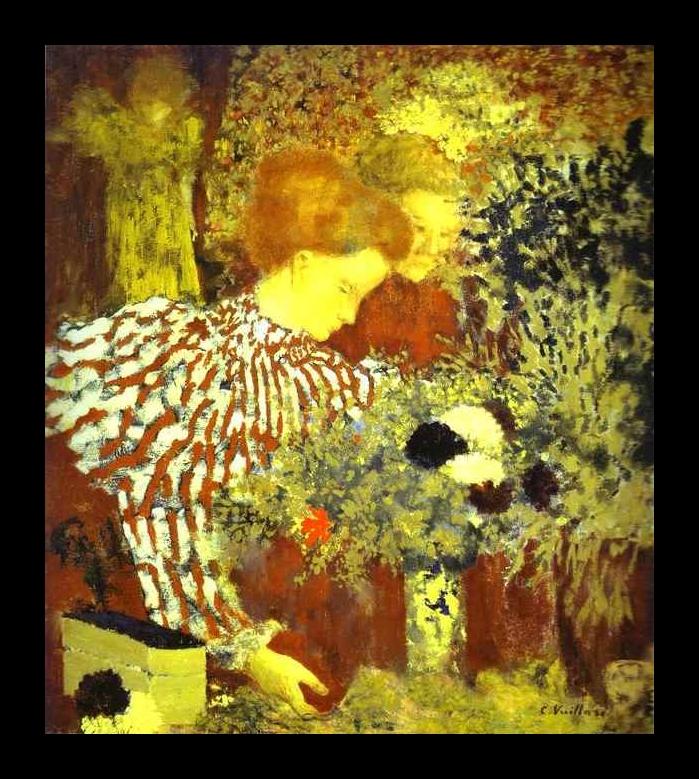
His mother, with whom he lived until she died, was a corset maker and seamstress, and he was greatly influenced by her in his work. One painting, entitled The Stitch, shows three women absorbed in their work.
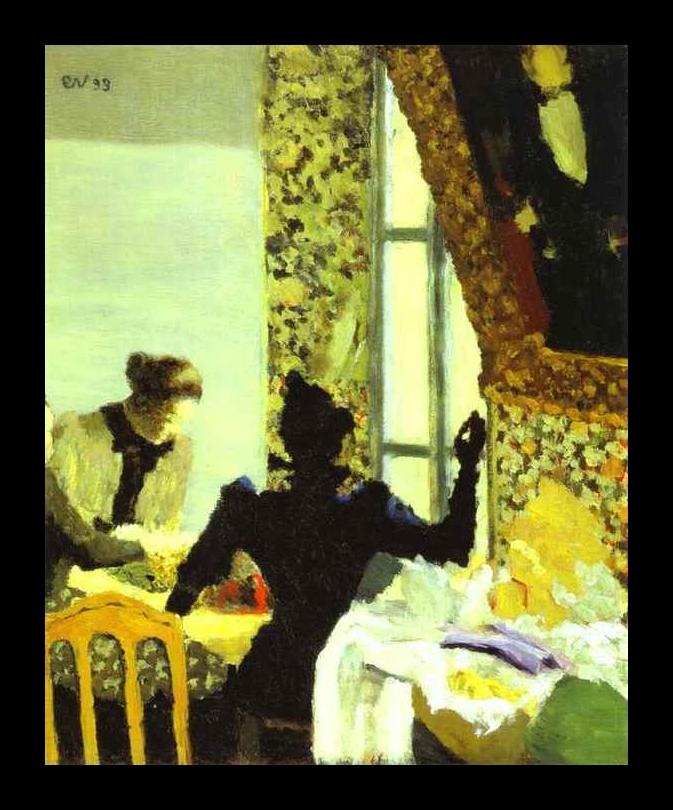
Like the rest of Nabis, Vuillard believed that there should not be a distinction between fine art and decorative art. The pieces of art that he created were extremely diverse and ranged from large decorative panels, illustrations for theatre programmes and designs of theatre sets. He designed the set in Paris for two great plays by Ibsen, ‘The Master Builder’ and ‘Enemy of the People’. The Public Gardens is one of Vuillard’s most famous decorative projects. It was influenced by the tapestries from the Musée de Cluny. He became extremely interested in photography, and by the 1900s, he became more naturalistic and concerned with the aspects of light and space in his pictures.
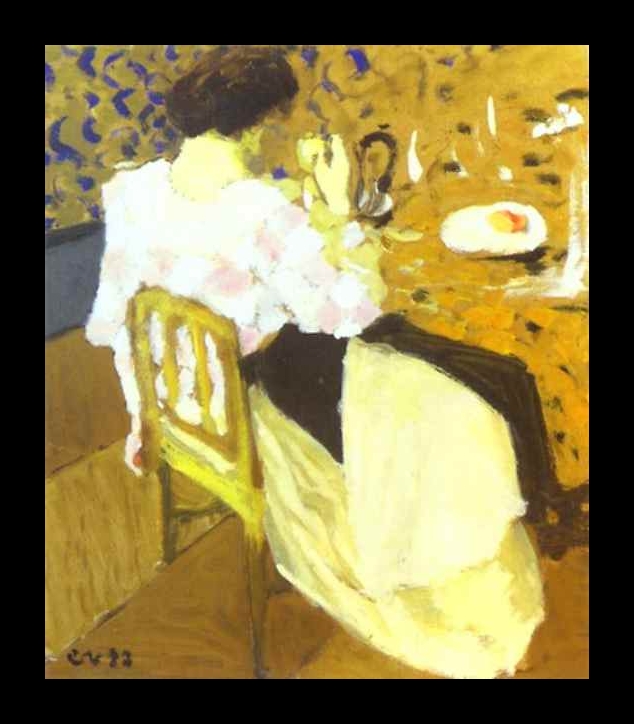
Maurice Denis was also a member of Les Nabis. In 1890, he published his famous article in the review ‘Art et Critique’, stating the ethos of the group. He was also associated with the Symbolist writers and illustrated books by André Gide and Paul-Marie Verlaine. Like the other members of Nabis, his artistic output was diverse. Apart from painting, he also designed carpets and decorated ceramics. In the 1890s, he undertook some large-scale decorative works and painted a ceiling for the composer,Amédée-Ernest Chausson,in 1894 and designed a series of panels for the collector, Cochin, in 1897. In addition to a wonderful painter and artist, he was also a prominent art theoretician during his time.

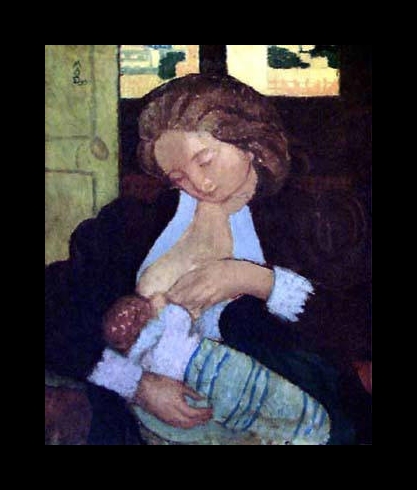
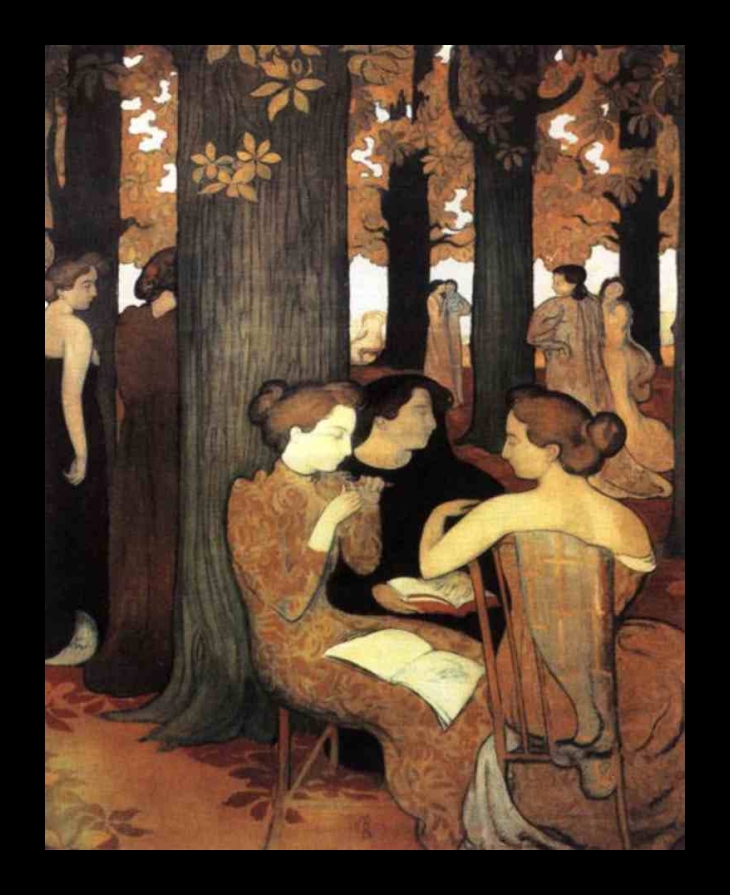
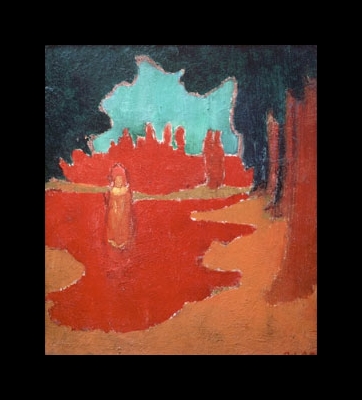
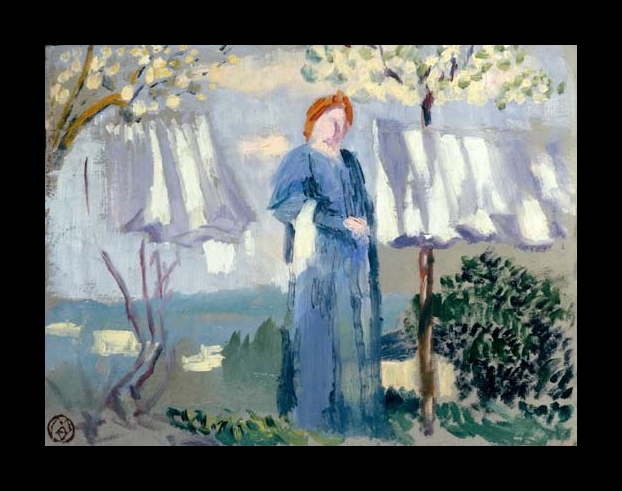
Other artists who form part of the Nabis include: George Lacombe
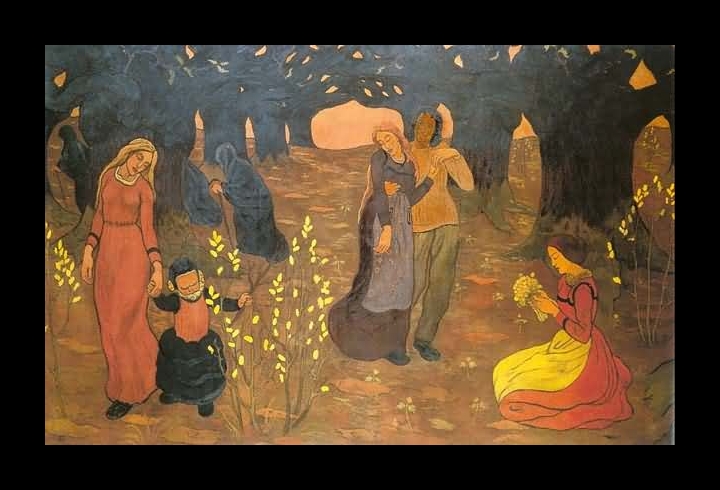
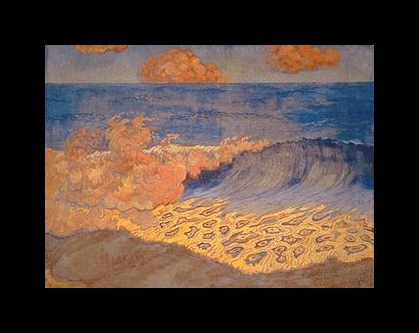
Felix Vallotton
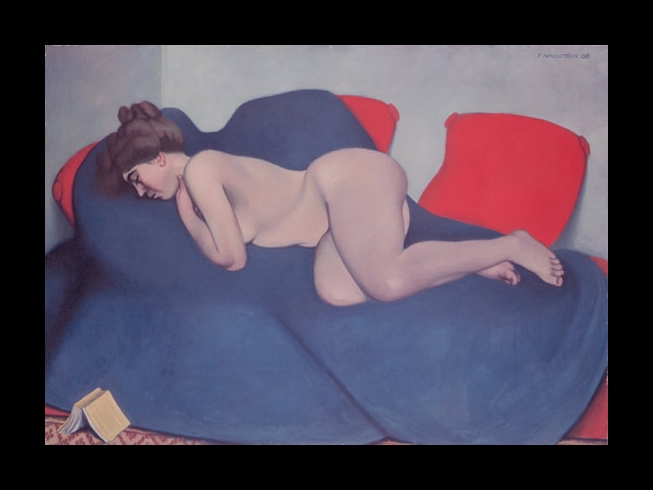
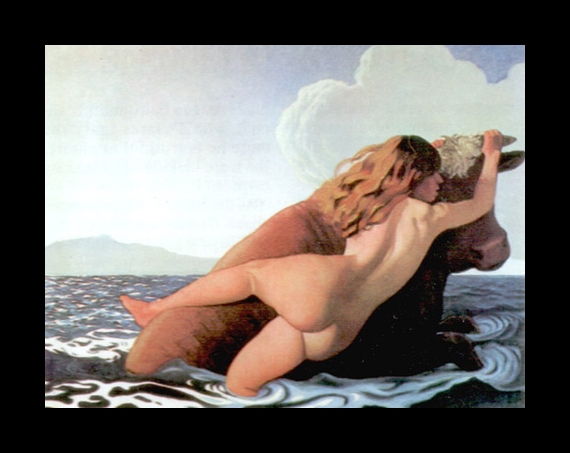
Ker Xavier Roussel
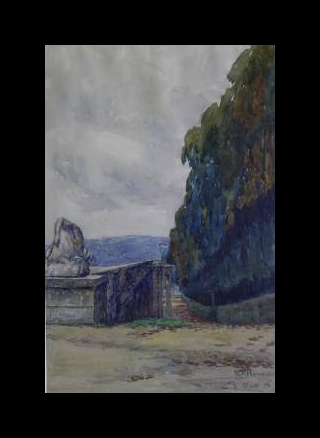

and Paul Ranson.
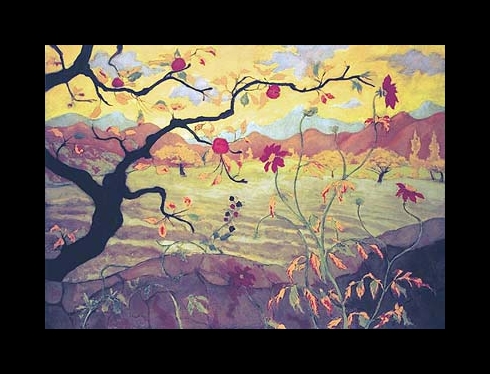
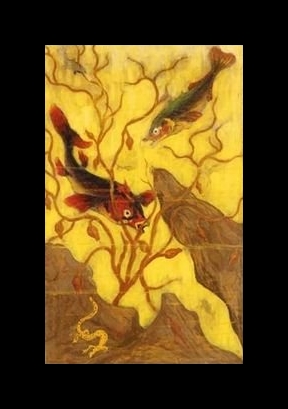
Still wondering about a late 19th century French painting in your home? Contact us…it could be by one of the members of Les Nabis.
Reviews
1,217 global ratings
5 Star
4 Star
3 Star
2 Star
1 Star
Your evaluation is very important to us. Thank you.
